More than 1.5 Million Americans suffer from Parkinson’s disease, a degenerative brain disorder causing a decrease in the brain chemical dopamine. Dopamine is responsible for relaying messages that control movement from the brain to the body. The cause of Parkinson’s disease is unknown and there is currently no cure.
According to Dr. Stephen Silberstein, MD, Professor of Neurology at Thomas Jefferson University, diagnosing Parkinson’s is crucial as many of the symptoms may appear in absence of the disease and these symptoms will require different treatment, medications, and have widely different prognoses. Obtaining an accurate diagnosis can allow the family to properly plan for the future, and grasp a better understanding of the progression of the disease.
According to WebMD, Five Stages of Parkinson’s disease have been identified:
- Stage 1–Mild symptoms of slight tremors, poor posture, imbalance, and abnormal facial expressions.
- Stage 2–Bilateral symptoms, problems with balance and walking, and difficulty completing tasks.
- Stage 3–Inability to walk or stand without assistance, and slowing of movements.
- Stage 4–Severe symptoms with limited/rigid gait. Patients are unable to complete tasks. Tremors may disappear.
- Stage 5–Patient unable to walk or stand. Dementia is common late in PD and may include confusion and memory loss.
Exercise can be a vital component of the Parkinson’s treatment regimen. It is thought that over-stimulation of the central nervous system triggers the release of certain chemicals that in turn improve motor function. Exercise activates the same brain regions that are activated by Parkinson’s medication. Dr. Jay Alberts, Cleveland Clinic, observed the effects of exercise while tandem cycling across Iowa with his friend David who has Parkinson’s. Prior to the ride, David was unable to write with a steady hand. After the ride, David’s hand was steady and showed measurable improvement that lasted four (4) weeks versus taking medication only, which has an impact for merely hours.
According to the Parkinson’s Foundation, exercise can slow the progression of Parkinson’s and provide patients with the vital components of maintaining balance and mobility as the disease progresses. Bounce You Back’s Recovery Specialist, Maricelia Serrano, CMT, is currently working with Parkinson’s patients on balance and coordination to improve movement and relieve pain or tightness in the muscles as well as to increase overall strength. “Exercise is also crucial to preventing stiffening of the joints, keeping muscles strong, and improving flexibility and mobility,” states Serrano. Water exercise, walking on the treadmill and Yoga have also been shown to slow the progression of Parkinson’s.
In addition to exercise, a well-balanced, nutritious diet is very beneficial. It is recommended that Parkinson’s patients follow a diet high in fiber and whole grains, low in saturated fat and cholesterol, and limited in sugars and salts. Also recommended are drinking 8- 8oz glasses of water daily, getting plenty of rest and elevating the legs and head while sleeping.
Barrett Betschart is the owner of ELDERCARING, an “in home care agency” (760) 333-0427 and BOUNCE YOU BACK a post- surgical and injury recovery service specializing in Parkinson’s (760) 282-4782. Barrett witnessed this debilitating disease first hand with her father and is passionate about helping families affected by Parkinson’s.
References: www.webmd.com/parkinsons-disease; www.Parkinsons.org; www.ParkinsonsResource.org






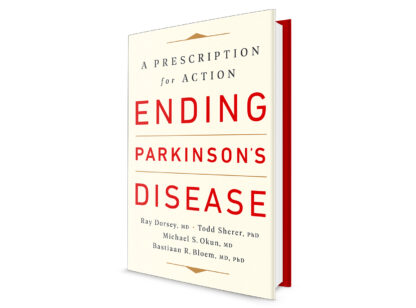
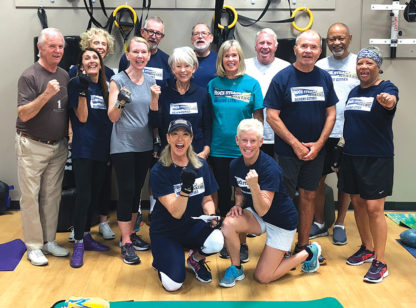
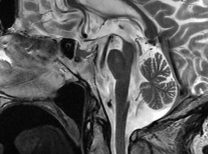



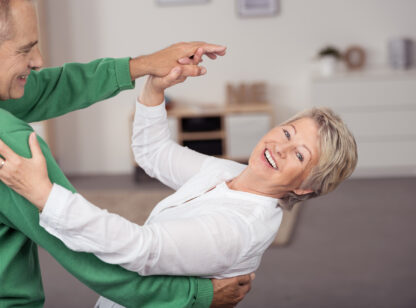
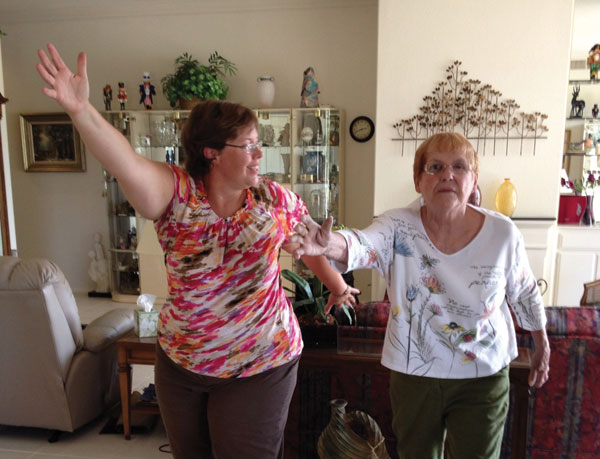





























Comments (0)